Moët & Chandon
Represented by Benoît Gouez
IDENTITY
Since 1743 when it was founded, Moët & Chandon has been passing down unequaled winemaking savoir-faire and an innovative and pioneering spirit from generation to generation.
Claude Moët, its founder, was the first person to embody these values when he made his Champagne the most sought-after in Europe. With his grandson, Jean Remy Moët, a pioneering and visionary mind, Moët & Chandon became a major international champagne brand. This saga quickly transformed the family House into a worldwide symbol of success.
The 1,190 hectares of rich limestone soil, 50% of which is classed as Grand Cru and 25% Premier Cru, make up the largest vineyard area in Champagne. Underground, the Moët & Chandon cellars are the most extensive in the region. Extending more than 28 kilometers, they form a subterranean labyrinth where the wine metamorphoses under optimum conditions of humidity and temperature.
SAVOIR-FAIRE
For Benoît Gouez, Cellar Master at Moët & Chandon since 2005, the champagne that he was previously ignorant of has now become a passion. In his own words: “I’m not from the wine world. I arrived here through a series of encounters, circumstances and above all, intuition! “. Benoît Gouez’s enthusiasm and expertise drove him to understand the spirit of Moët & Chandon Champagne, which he has been magnifying with boldness and elegance, vintage after vintage.
NATURA NOSTRA
“Nature has a land, Champagne. And a House: Moët et Chandon. For three centuries, their destinies have been inextricably linked. Actively engaged in an ecological transition for two decades, Moët et Chandon launched the Natura Nostra program in 2021 to take concrete action to support biodiversity beyond our estates. Much more than simply a large-scale agroecology program, Natura Nostra is a commitment to the future of the Champagne region, creating 100 kilometers of ecological corridors by 2027 and accelerating regenerative farming practices. Natura Nostra’s ambition is to cultivate vineyards responsibly, to diversify natural ecosystems, and to protect the flora and fauna of the Champagne region in order to pass on a healthy and sustainable natural heritage to future generations.”
Informatin courtesy of LVMH

